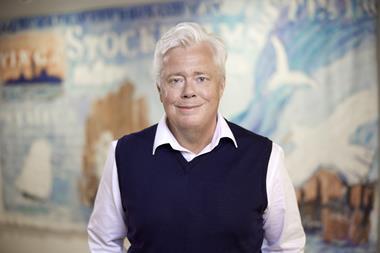Over Skr50bn (E5.8bn) in Swedish assets could be up for grabs for foreign investment managers if plans to reform the Skr700bn AP pensions buffer funds are given the green light by the government.
And the amount is likely to be topped up in autumn next year when the default fund of the PPM for individuals expressing no manager preference - which estimates suggest could be as high as 40% of the working population, begins investing.
Anders Rahmn, head of planning at the Stockholm based AP funds, explains that the proposal is to split the six current AP funds into four equally sized portfolios of approximately Skr125bn each.
The remaining Skr155bn, he says, is to be transferred to the government budget to cover future pensions obligations.
“The main reason for the proposal is to have competition between the funds because the sole priority will be to achieve the best returns possible.
“The maximum that can be invested overseas is 10% at the moment and it is fair thought that it will go over this level, but it could take some time I believe.”
Rahmn says the proposal will be put to parliament in late October with a decision expected in February/ March next year.
Currently only two of the AP funds have any overseas equity exposure.
Suggested asset allocation levels are a 30% minimum in bonds of any denomination, meaning that the funds could shift to a 70% equity level.
“ The funds should be allowed to have their investment anywhere, although there will be a maximum of 40% currency risk on investments,” says Rahmn.
He adds that fund board members will be appointed by the government and will include a mix of investment professionals and union members.
The so called seventh AP fund for the PPM default investments has yet to decide on its future investment policy, although expectations are that it will seek foreign mandates.
Hans Nyman, director of legal affairs at the PPM says figures of 40% default have been suggested - a number which would represent just over Skr20bn of the initial Skr50bn in contributions , however he notes that this is very much guesswork at the moment.
“It will depend very much on the attractiveness of fund marketing by the managers on the list,” he says.












No comments yet